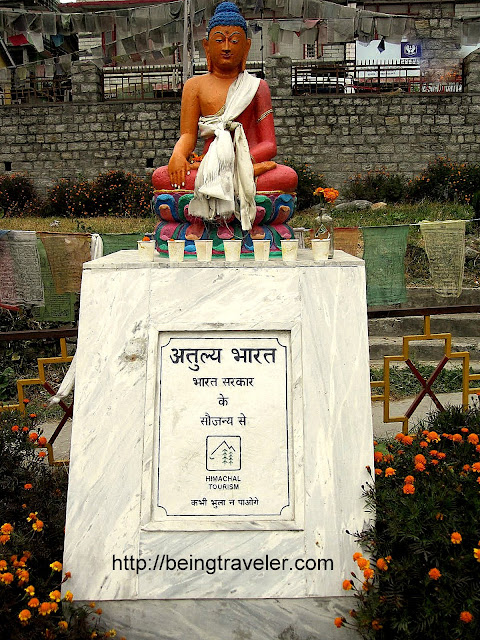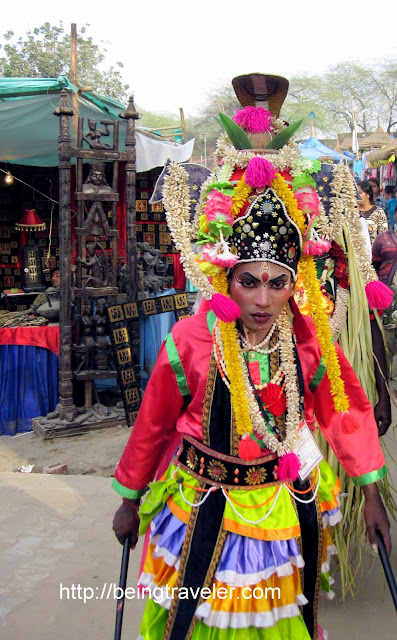 |
| The Grand Trunk Road |
In the 16th century, Sher Shah Suri, the Pashtun emperor of Northern India, built a major road running across the Gangetic plain. It was known as "Sadak-e-Azam" and it served as an administrative link to the remote provinces of his vast empire. Over the centuries, various rulers added to the expanse of this road, till it expanded to Kabul, to Multan and to Bangladesh. Later it was renamed by Britishers as "The Grand Trunk Road". Connecting many cities with various National Highways under the part of Golden Quadrilateral project.
Today, the Grand Trunk Road remains a continuum that covers a distance of over 2,500 kilometers (1,600 mi). From its origin at Chittagong, it traverses to Sonargaon in the Narayanganj District of central Bangladesh, it reaches India, passing through Howrah, Bardhaman, Panagarh , Durgapur, Asansol, Dhanbad, Aurangabad, Dehri-on-sone, Sasaram, Mohania, Mughalsarai, Varanasi, Allahabad, Kanpur, Kalianpur, Kannauj, Etah, Aligarh, Ghaziabad, Delhi, Panipat, Karnal, Ambala, Ludhiana, Jalandhar, Amritsar. Within India, the major portion of the road – the stretch between Howrah to Kanpur is National Highway-2 (NH-2) and Kanpur to Delhi, which is known as National Highway-91 (NH-91), and between Delhi and Wagah, at the border with Pakistan, is known as National Highway-1 (NH-1). From the Pakistan border, the Grand Trunk Road (part of the NH-5) continues north through Lahore, Gujranwala, Gujrat, Jhelum, Rawalpindi, Attock District, Nowshera, Peshawar and Landi Kotal. Then it enters Afghanistan through the Khyber pass and continues west through Jalalabad, Surobi and ends at Kabul, a large part of the Afghan's Grand Trunk Road is today part of the Jalalabad-Kabul Road.
Grand, isn't it?



















